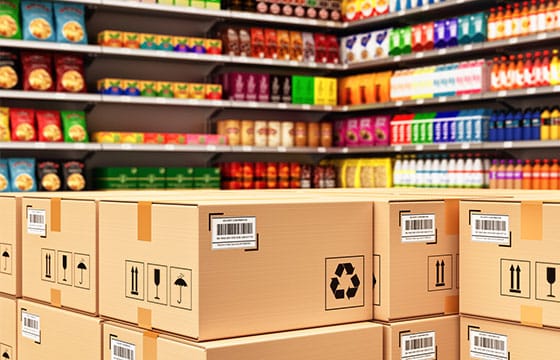 The advancement of technology is rapidly progressing, and the evolution can be observed all around us. As cutting-edge technology becomes more available, there appears to be a shift with regard to how work is carried out across several industries. Within the last decade, the healthcare field has seen an increased amount of software being utilized in medical devices. Software has become an important aspect of medical devices and is proving to benefit both patient and provider.
The advancement of technology is rapidly progressing, and the evolution can be observed all around us. As cutting-edge technology becomes more available, there appears to be a shift with regard to how work is carried out across several industries. Within the last decade, the healthcare field has seen an increased amount of software being utilized in medical devices. Software has become an important aspect of medical devices and is proving to benefit both patient and provider.
What is Software as a Medical Device (SaMD)
There are various types of medical device software, but an emerging software of interest is known as ‘Software as a Medical Device’ or SaMD. As defined by several regulatory bodies, SaMD “is software intended to be used for one or more medical purposes and it performs these purposes without being part of a hardware medical device.” In other words, SaMD is a type of software that works independently from another device.
For example, a mobile application that takes input from a blood glucose meter to provide insulin dosage recommendations for diabetes is considered SaMD. But the software used to take the blood glucose meter reading is not considered SaMD, as this is software that supports the medical device and therefore can not function without it. Other examples include software that analyzes physiological signals that are collected from sleeping, software that uses digital mammograms to calculate breast density percentages and even software that permits smartphones to view images captured from a computerized tomography (CT) scan.
Advantages of Using (SaMD) in Healthcare
SaMD offers numerous opportunities and has the potential to refine integral systems in a healthcare setting. This is due to the possibility of automating certain aspects that can lead to better treatment for patients. SaMD’s main advantages include improving healthcare outcomes and faster response times.
There are several intended uses for SaMD that can benefit both the patient and the provider,
- Treat or diagnose– information provided by SaMD can be used to accurately detect a disease or condition and help reduce the time from diagnosis to treatment.
- Drive clinical/patient management– SaMD can help better identify early warning signs and provide real time recommendations. Also, can aid clinicians with making a definitive diagnosis, by analyzing relevant information.
- Inform clinical/patient management- SaMD allows clinicians to better advise their patients regarding options for personalised treatment plans.
Compliance Measures
The FDA and Health Canada have similar SaMD classification guidelines based on risk categorization. The class and/or category of SaMD is determined by the state of the healthcare situation and the significance of information provided by SaMD to make a healthcare decision. Other factors of consideration include the degree of invasiveness in the body, duration of contact and local versus systemic effects. Both regulatory bodies have stated that as the medical device software field evolves, policy reform will follow to prioritize patient safety and clinical effectiveness.
Aligned Interests
Are you a company operating in the medical device software space and need help navigating the complex classification system or want to enter the medical device software market? Our team of knowledgeable subject matter experts can provide the necessary regulatory support with respect to preparing and submitting SaMD applications. Contact us today or call us at 1-800-396-5144!
References
www.selecthub.com/medical-software/software-medical-device-samd/









